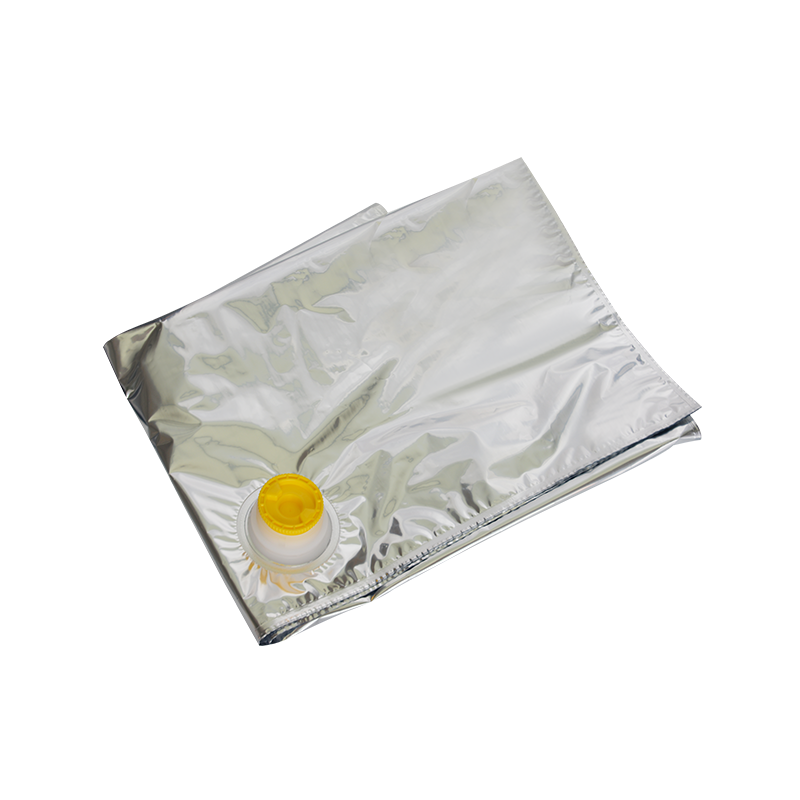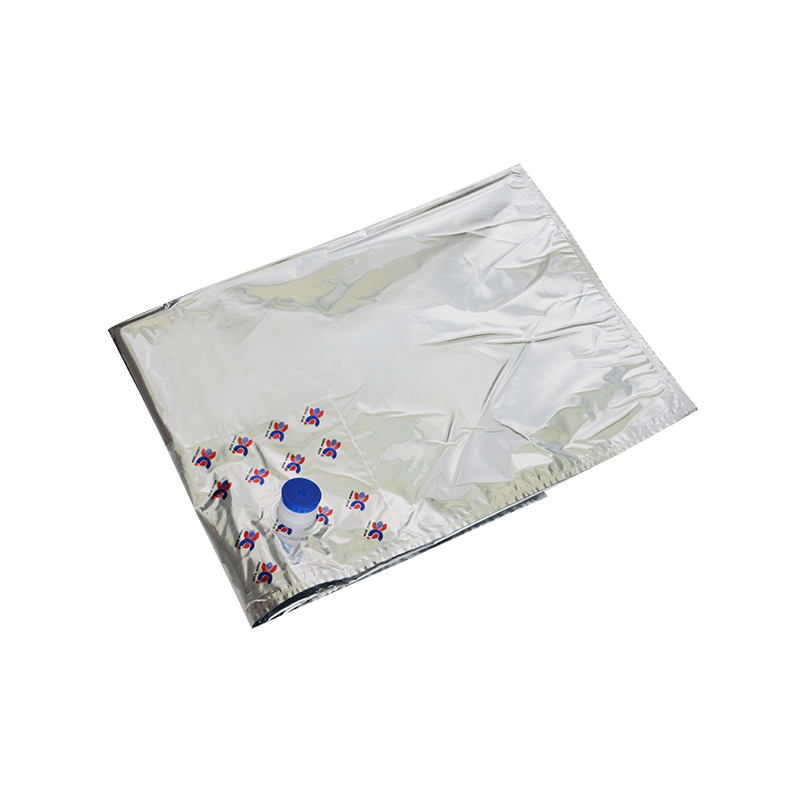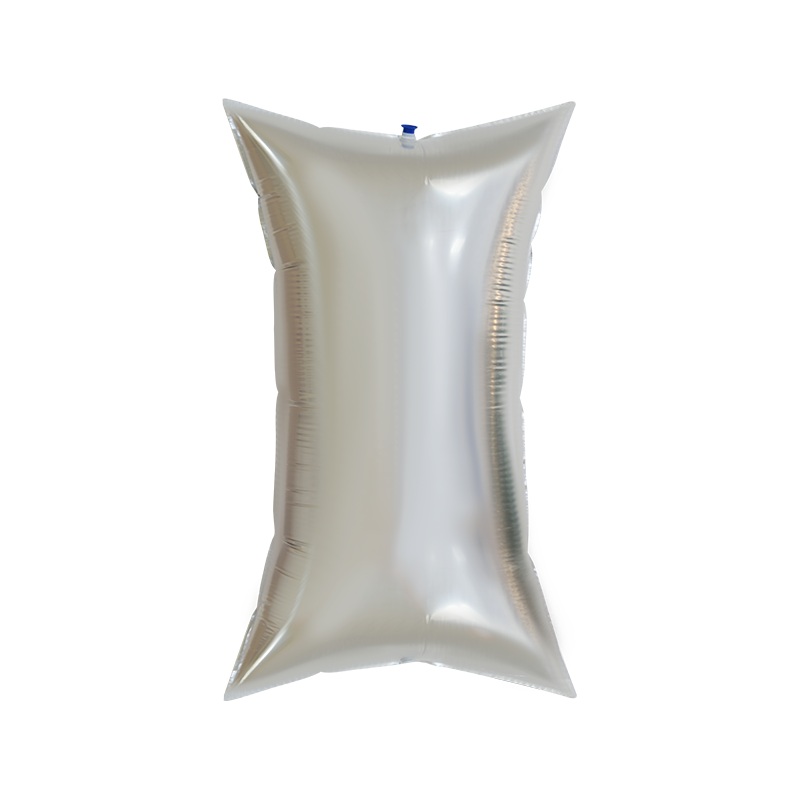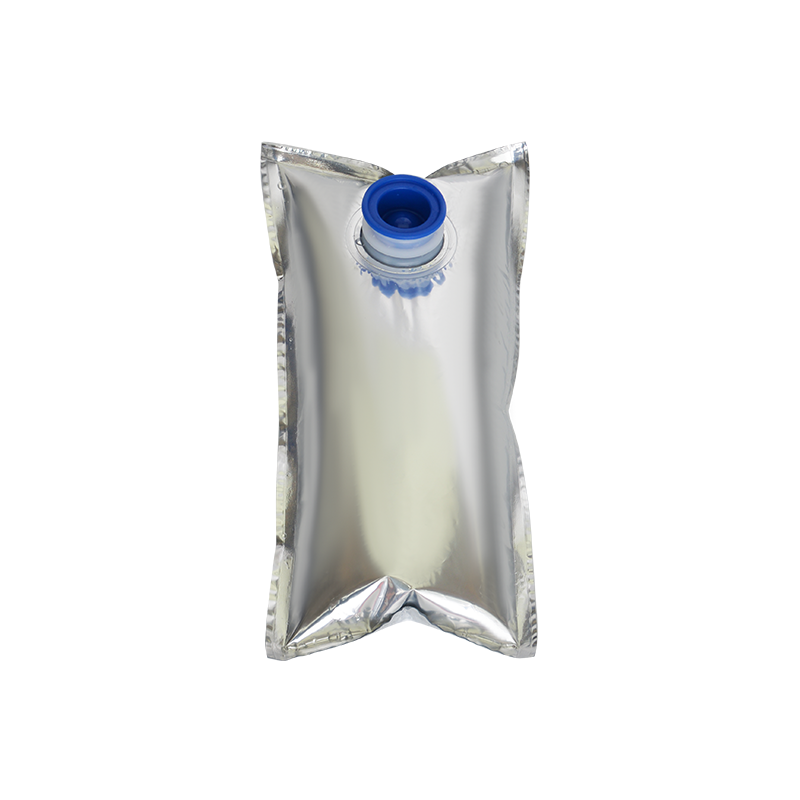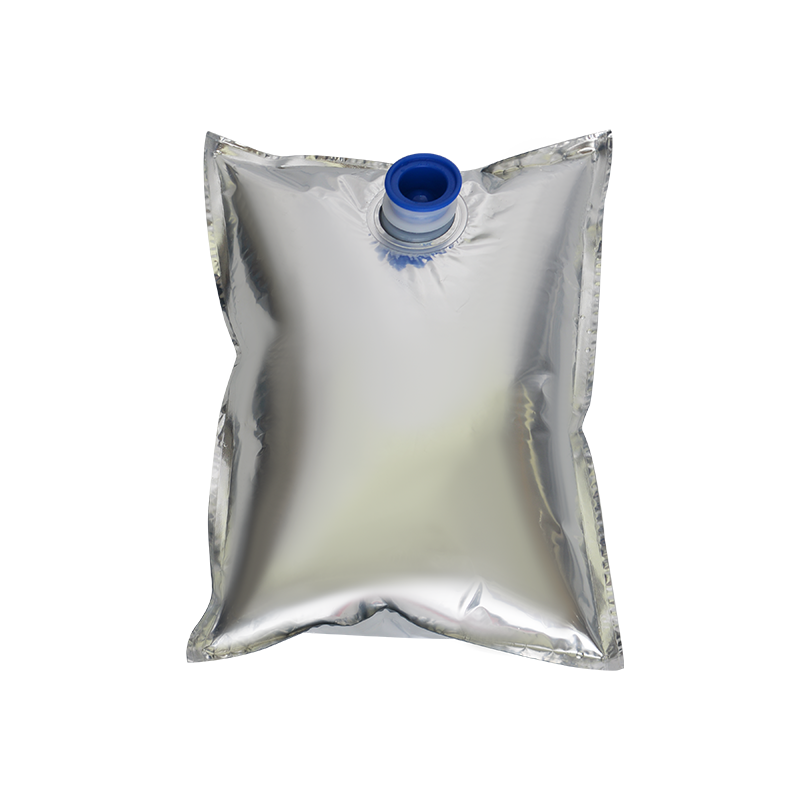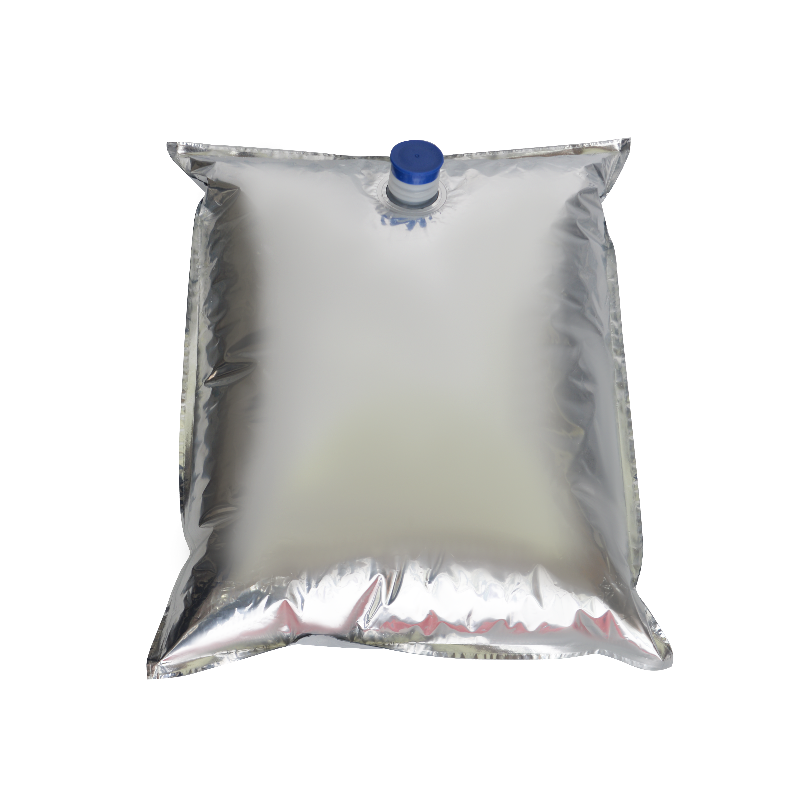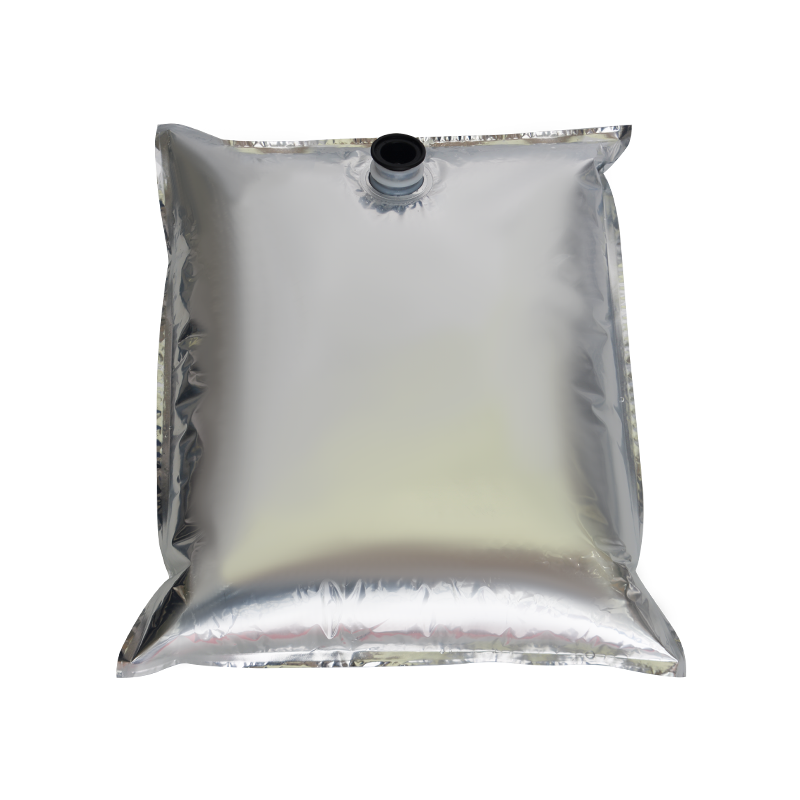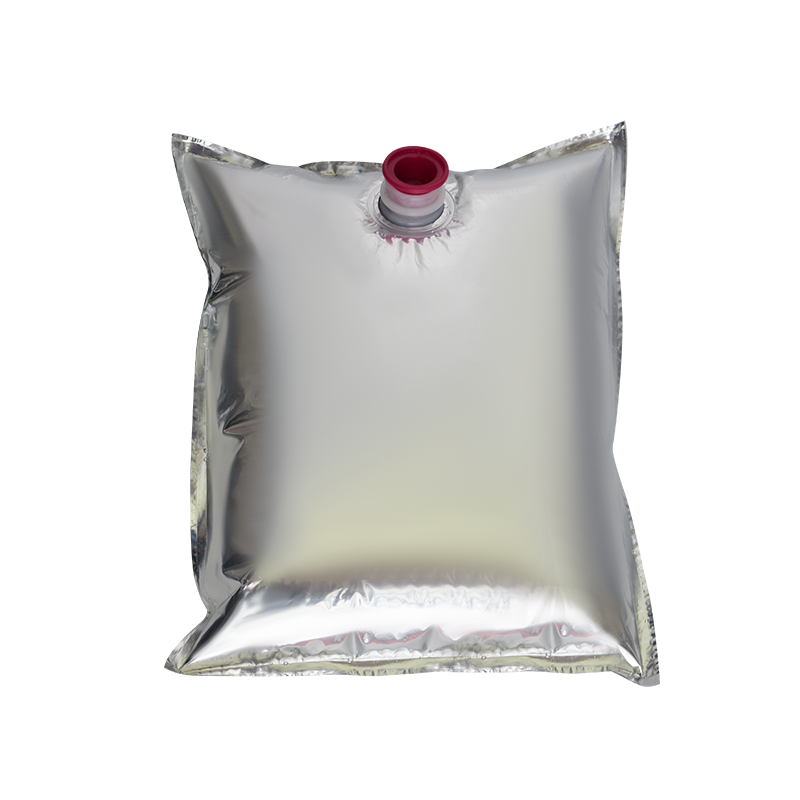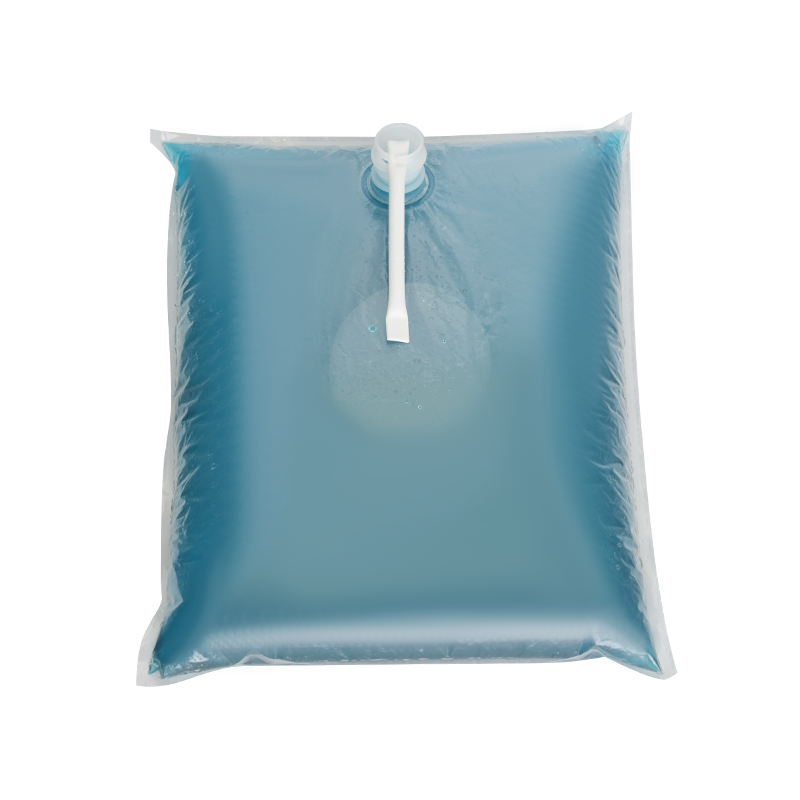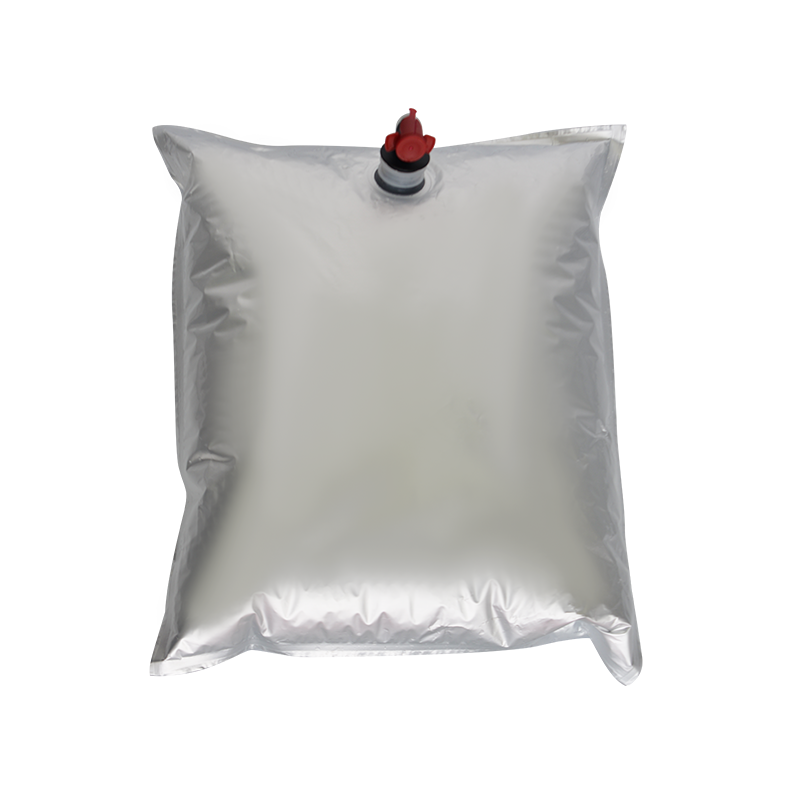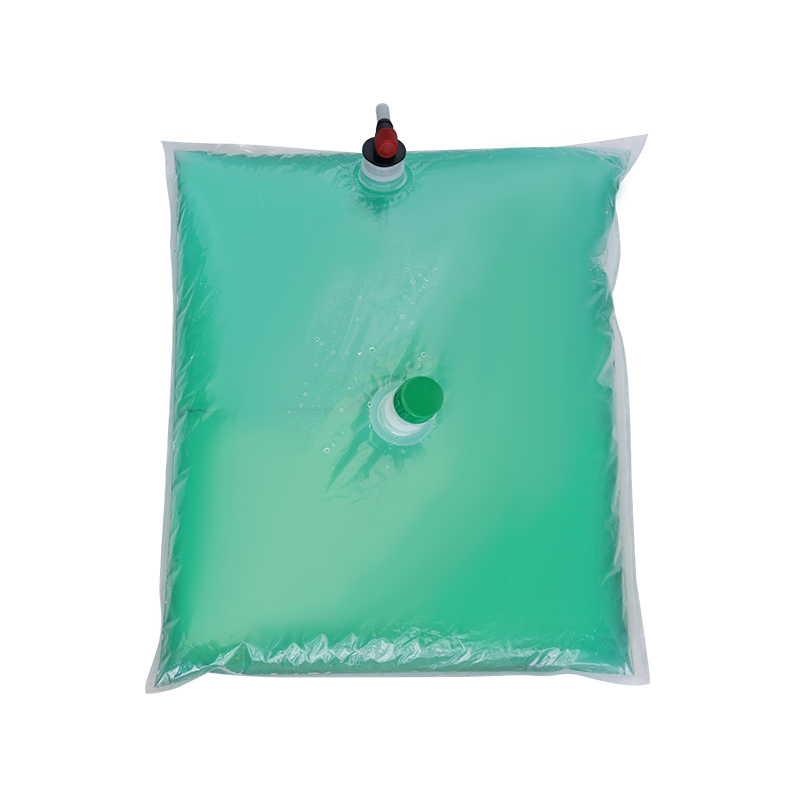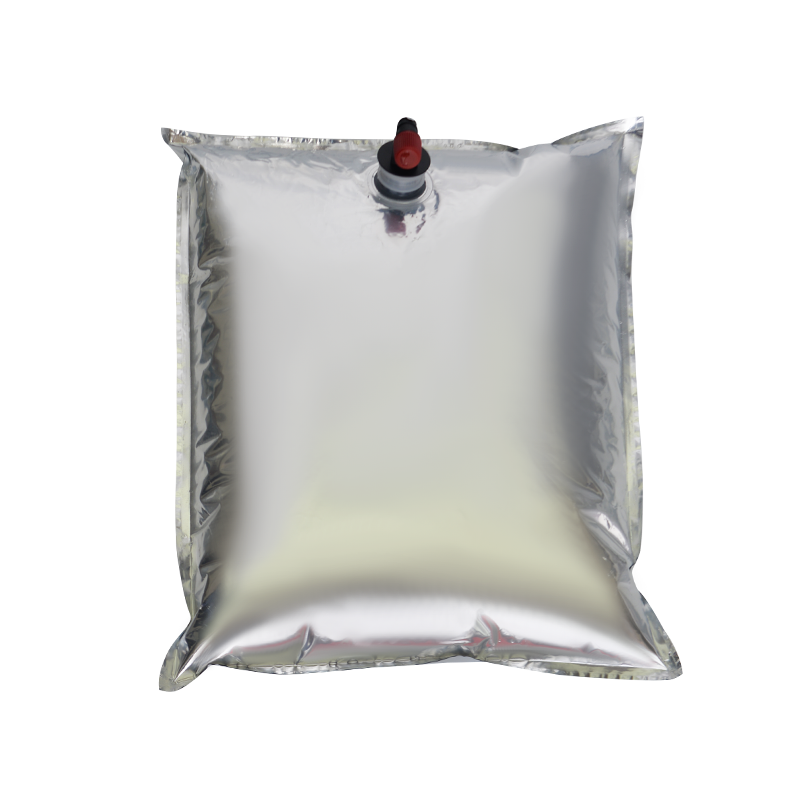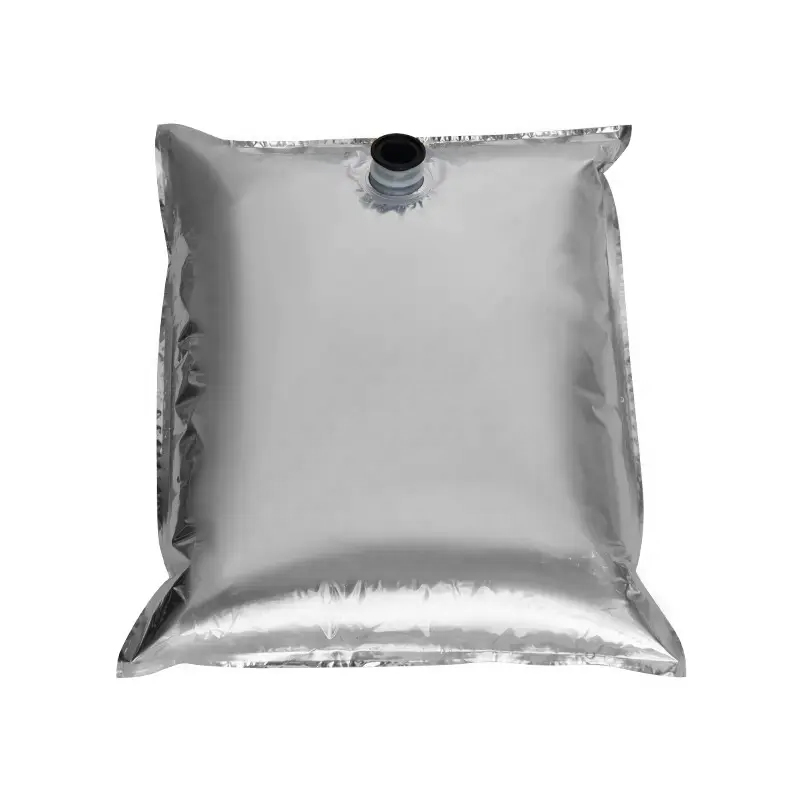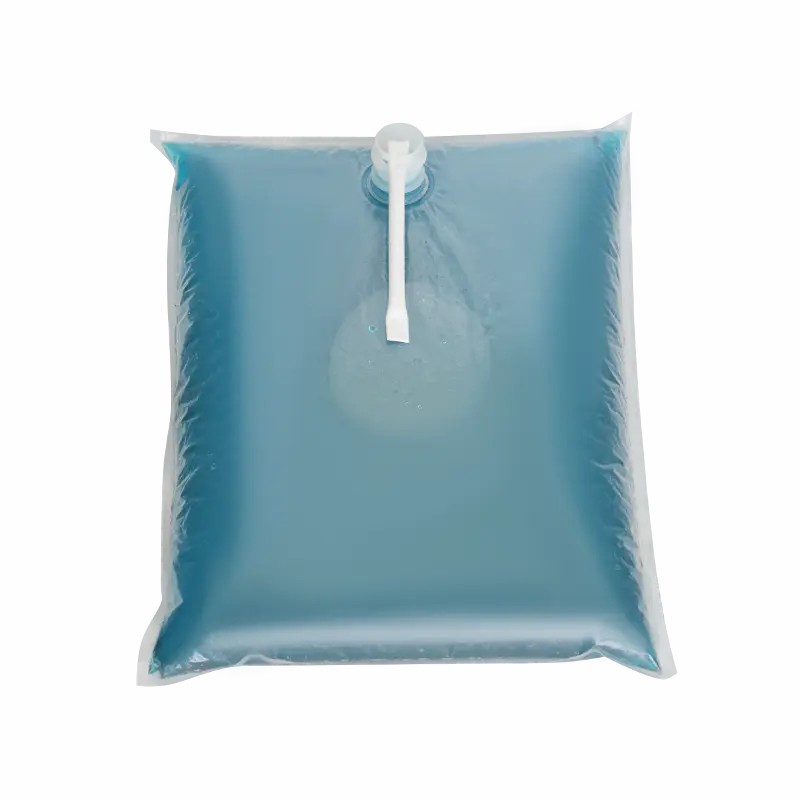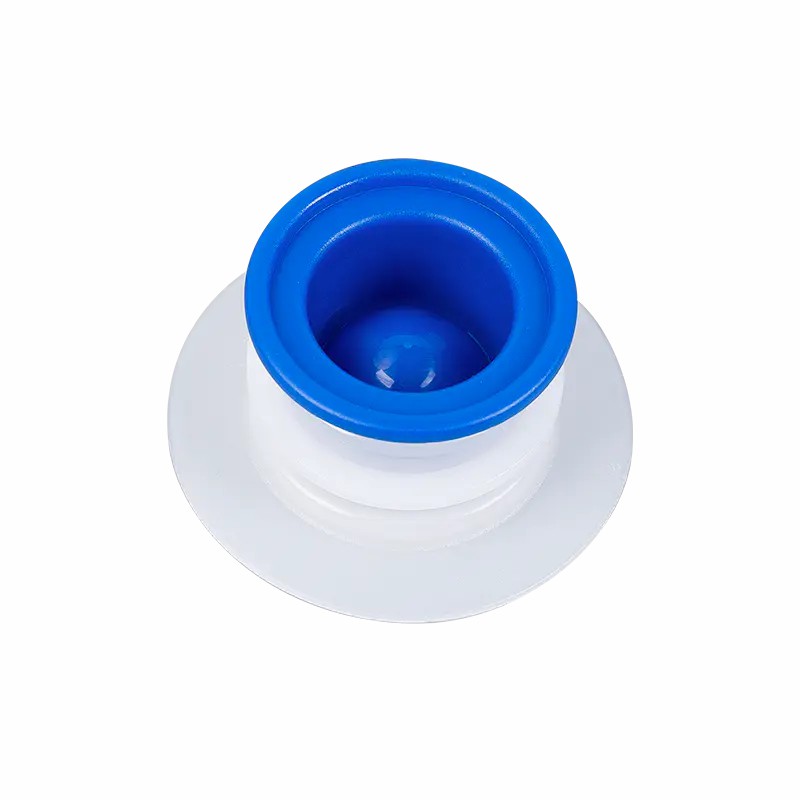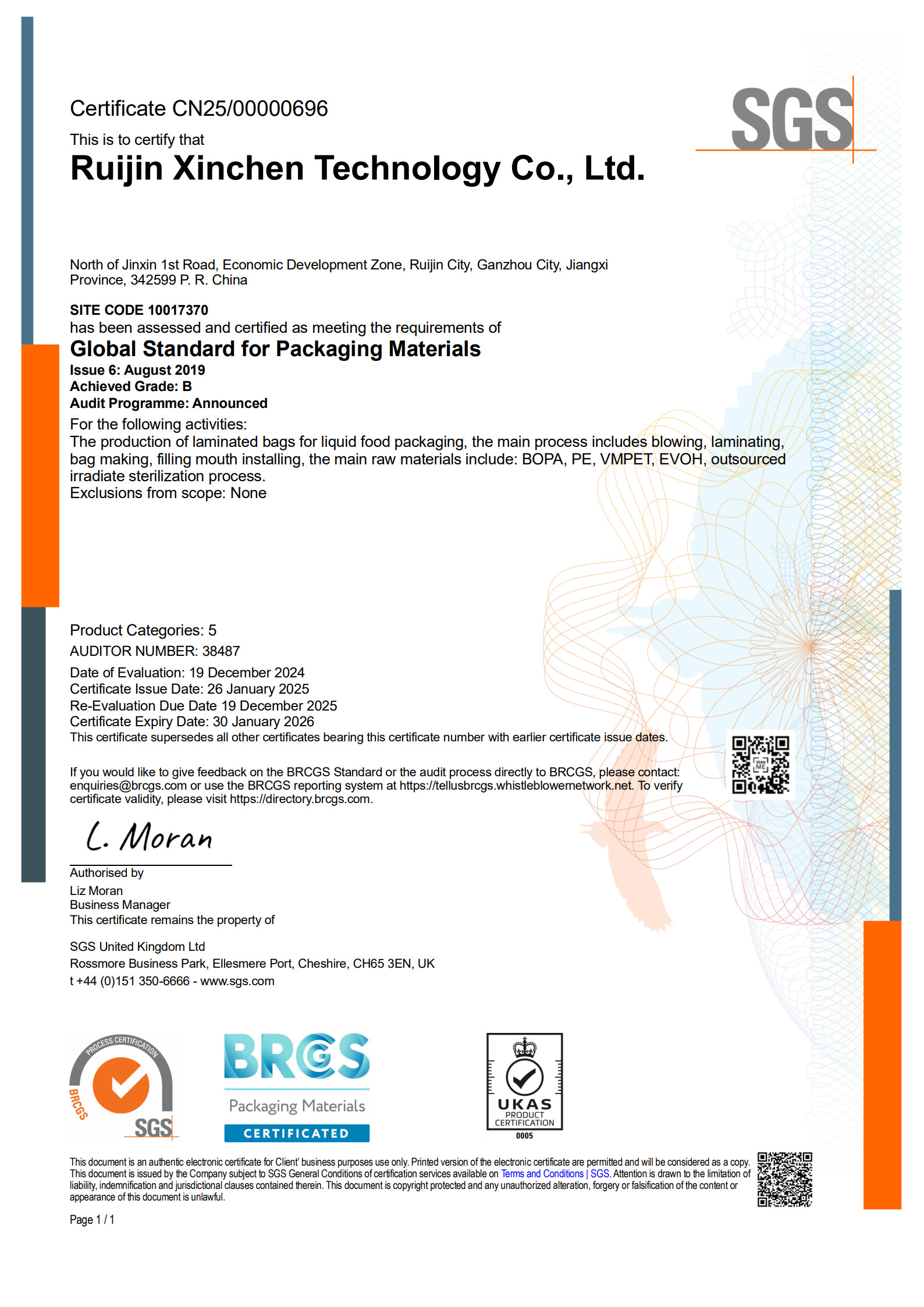
In the beverage industry, packaging is not only about product protection and transportation, but also an important part of brand image and consumer experience. With the diversification of market demand and the improvement of environmental awareness, a packaging form called "Bag-in-Box" has quietly emerged and has become a new favorite of many beverage manufacturers and consumers with its unique advantages.
Bag-in-Box: Definition and Structure
Bag-in-Box is a packaging method that puts liquid beverages in a flexible plastic bag and then places the bag in a hard shell (usually a cardboard box). This design cleverly combines the advantages of flexibility and rigidity, ensuring the durability of the packaging while achieving lightweight and cost-effectiveness. The inner bag is usually made of multi-layer composite materials, which can effectively isolate oxygen, light and microorganisms, and extend the shelf life of the product.
Widely used and flexible
Bag-in-Box packaging is widely used in juice, milk, wine, beer, mineral water and various industrial liquids. Its flexible and diverse capacity options (ranging from a few liters to hundreds of liters) meet various needs from small family use to large catering services. Especially for beverages that need to be stored and transported in large quantities, Bag-in-Box provides a more economical and environmentally friendly solution.
Four significant advantages
Environmental protection and energy saving: Compared with traditional glass bottles or plastic bottles, Bag-in-Box consumes less energy in the production and recycling process, and the waste generated is easier to handle. Especially today with the increasing awareness of environmental protection, this form of packaging is undoubtedly more in line with the requirements of sustainable development.
Cost-effectiveness: Due to the reduction in material costs and transportation costs, Bag-in-Box makes beverages more economical and affordable. For consumers, they can buy products of the same quality at a lower price; for manufacturers, they can expand profit margins and enhance market competitiveness.
Easy to store and carry: The hard shell provides sufficient protection, so that the beverage can maintain its quality even in long-distance transportation or harsh environments. At the same time, the lightweight design makes it easier to carry, especially suitable for commercial places that need a large amount of replenishment.
Freshness preservation and protection: The multi-layer composite inner bag ensures the long-term freshness of the beverage and effectively prevents oxidation, light and microbial contamination, which is essential for maintaining the original flavor of the beverage.
The emergence of Bag-in-Box packaging has not only revolutionized the packaging concept of the beverage industry, but also promoted product innovation and market segmentation. It encourages manufacturers to pay more attention to the natural and healthy attributes of products, because high-quality packaging is the best display window for high-quality products. At the same time, as consumers pursue convenience, cost-effectiveness and environmental protection, Bag-in-Box is gradually becoming an important bridge connecting production and consumption.

 English
English русский
русский